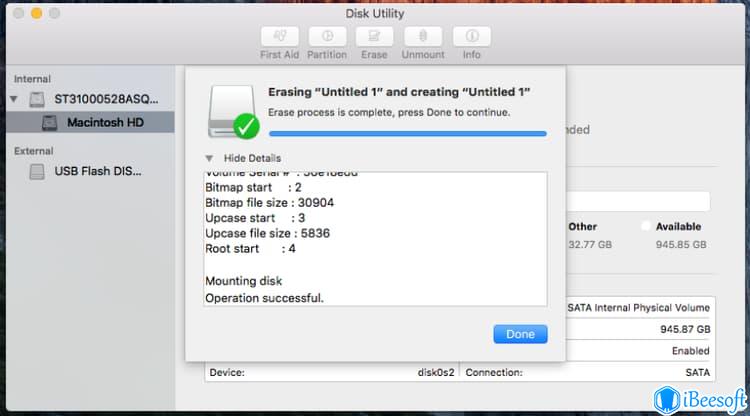
It brought me to a webpage on Seagate’s site, where it clearly indicated the drive was initially set up to work with a Windows PC. Since I wanted to use it on Mac, I clicked the blue logo with the text “Start_Here-Mac”. When I opened it, the default content was all there.

When I connected the Seagate to my Mac, the drive icon showed up like this. I bought a brand new 2TB Seagate Expansion to backup my MacBook Pro before I updated it to the latest macOS. Most External Hard Drives Are Initiated with NTFSĭuring the last several years, I’ve used a few external drives, including a 500GB WD My Passport, 32GB Lexar flash drive, and a few others. How to Partition an External Hard Drive on Mac.


Most External Hard Drives Are Initiated with NTFS.Any changes you make on files on this system is permanent. The only drawback of exFAT is that it doesn’t support Journaling, i.e., cannot keep track of file changes. You can have a maximum of 4GB size limit per file which is not ideal. Now you can plug into any OS – even Linux, and it will work in reading and write mode. You might argue why not use FAT32 which works for both the OS’s. Click Start and close this window when finished.In the File System dropdown, choose exFAT.Open up File Explorer and right-click on the drive.Plug-in your drive into the computer’s USB port.After these steps, everything will be lost forever. It is where exFAT or Extended File Allocation Table comes into the picture. If you don’t know, exFAT was created to be used on flash drives like USB or SD cards. So the question is how do you format a hard drive using exFAT? The answer is even more straightforward.īefore we go ahead, if you have anything on your drive, make sure to backup everything. So I needed a format which is both read and write on both the systems. I am the kind of person who needs to switch between both the OS daily.


 0 kommentar(er)
0 kommentar(er)
